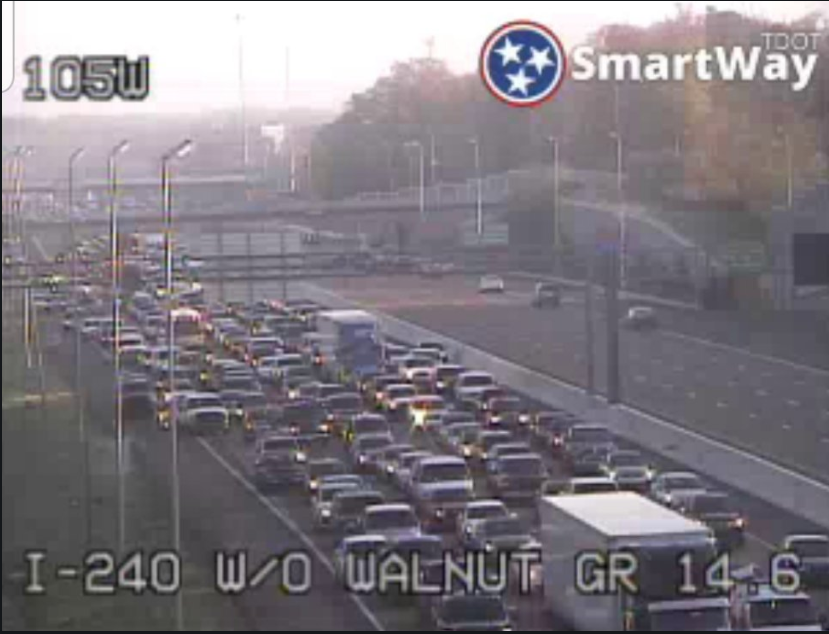Memphis has a pedestrian death and bad drivers crisis. Here’s how we can fix it.
- Oops!Something went wrong.Please try again later.
Throughout the country, but particularly in Memphis, traffic fatalities, and fatalities involving pedestrians, appear to be increasing and are already stubbornly high.
As the crisis came into focus and in an effort to address the longstanding problem, I hosted a roundtable discussion in Memphis in October 2019 to bring together stakeholders capable of addressing our dangerous road conditions.
I did that after introducing the Complete Streets Act with Senator Ed Markey, D-Massachusetts, who I worked together with to get elements of the bill included in the Infrastructure Investment and Jobs Act (IIJA), signed into law in November 2021, enabling eligible local and regional entities to apply for technical assistance and capital funding to build safe streets projects, such as sidewalks, bike lanes, crosswalks, and bus stops.
I have introduced similar measures in subsequent Congresses and joined Senator Ed Markey in introducing an improved, more comprehensive Complete Streets Act in January.
More Americans are getting killed and it’s really bad in Memphis.
We have seen a dramatic increase in the number of Americans killed both driving and walking in recent years.

In 2022, 42,700 individuals were killed in preventable motor vehicle accidents and more than 7,500 pedestrians were struck and killed by motor vehicles.
The crisis is worst in Black and brown low-income communities where sidewalks and safe crosswalks are rare.
Memphis was recently named the third deadliest city for pedestrians by Smart City America, ranked as the second highest as the “city with the worst drivers” for the second year in a row based on traffic fatalities as assessed by Forbes Advisor, and ranked least bike-friendly in the country, with a higher than average cyclist crash rate, following a review of 50 cities by Clever Real Estate.
Part of the reason for this disproportionately poor standing is poor street safety design in Black, Native, and Hispanic communities. Complete Streets is now providing funding for the Rebuilding American Infrastructure with Sustainability and Equity (RAISE) grants, the National Highway Performance Program, the Surface Transportation Block Grant Program and the new Safe Streets and Roads for All grant program.
We must change the status quo if we are going to protect lives
Memphis needs a steadfast federal partner as it seeks to implement Complete Streets principles in ongoing projects, and I have sought the help and guidance of both Transportation Secretary Pete Buttigieg and Shailen Bhatt, the Federal Highway administrator, in moving forward.
State transportation departments need to prioritize Complete Street approaches to state-funded roadways and will benefit by cooperation and coordination with federal programs. That is why our improved Complete Streets Act creates a minimum design mandate for complete streets on all new road projects.
We can improve driver and pedestrian safety if we thoughtfully implement what are already proven strategies and if we change the status quo.
What we’re currently doing is not working, and it’s time for bold action. With the public’s enthusiastic support, we can make a real difference. And I’ll keep fighting hard in Congress to help reverse these alarming trends.
U.S. Rep. Steve Cohen, D-Memphis, represents Tennessee’s 9th Congressional District.
This article originally appeared on Nashville Tennessean: Complete Streets: Federal-state partnership can stop pedestrian deaths

